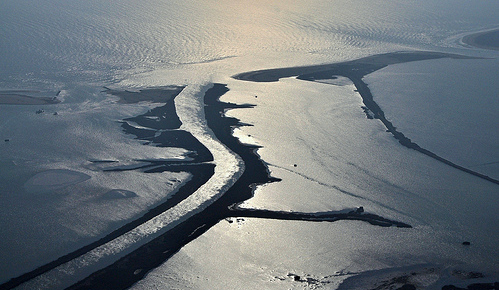
Changes in temperature, intense precipitation, sea level rise, but also human interventions such as agriculture practices, impoundment of dams, and land use/land cover change: unfortunately freshwater ecosystem services are now negatively affected by climate change and human activities. Moreover, the potential synergic impacts of these factors on ecosystems are unevenly distributed, depending on geographical, climatic and socio-economic conditions. These changes would cause more severe floods, droughts, and sea level rise in the future.
In a study recently published on Science of the Total Environment by CMCC researchers Vuong Pham (lead author of the study), Silvia Torresan, Andrea Critto and Antonio Marcomini, the impacts of climate change and human activities on freshwater services have been assessed. Researchers proposed a conceptual framework and a set of indicators for assessing the above-mentioned impacts while checking their applicability to the provisioning services of two well-known case studies, namely the Po River basin (Italy) and the Red River basin (Vietnam).
More in detail, these tools provide the basic instruments to identify and classify the main stressors and impacts of global drivers (e.g. climate change and human activities) on freshwater ecosystem services, while conducting a risk assessment.
As results highlighted, the effects of global change on freshwater ecosystem services vary in time and space, depending on geographical, climatic and socio-economic conditions. Specifically, while climate change is considered as one of the main drivers of changes for freshwater ecosystem services in the Po river basin, human activities (i.e. impoundments and dams operations) are considered as the major drivers of ecosystem services alterations in the Red river basin.
Researchers concluded that the proposed framework was applicable to the analyzed case studies, but it was not straightforward to consider all the indicators since ecosystem services were not explicitly considered as key assessment endpoints in these areas. Additionally, the supply of ecosystem services was found to draw much more attention than their demand. Finally, they highlighted the importance of defining a common and consistent terminology and classification of drivers, services, and effects to reduce mismatches among ecosystem services when conducting a risk assessment.
Read the integral version of the paper:
Pham V., Torresan S., Critto A., Marcomini A.
Alteration of freshwater ecosystem services under global change – A review focusing on the Po River basin (Italy) and the Red River basin (Vietnam)
2018, Science of The Total Environment, DOI: https://doi.org/10.1016/j.scitotenv.2018.10.303


